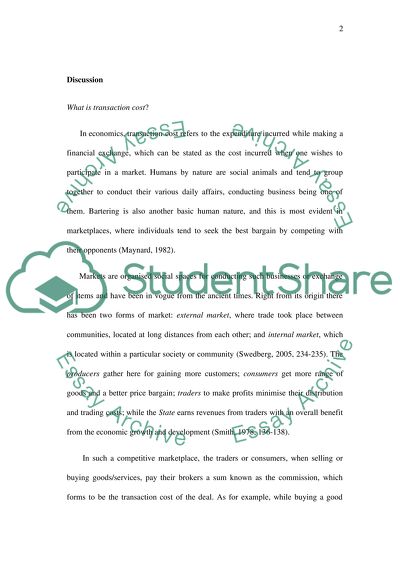Cite this document
(“What is meant by transaction costs and what part do they play in our Essay”, n.d.)
What is meant by transaction costs and what part do they play in our Essay. Retrieved from https://studentshare.org/miscellaneous/1583505-what-is-meant-by-transaction-costs-and-what-part-do-they-play-in-our-understanding-of-the-reasons-for-the-existence-of-firms
What is meant by transaction costs and what part do they play in our Essay. Retrieved from https://studentshare.org/miscellaneous/1583505-what-is-meant-by-transaction-costs-and-what-part-do-they-play-in-our-understanding-of-the-reasons-for-the-existence-of-firms
(What Is Meant by Transaction Costs and What Part Do They Play in Our Essay)
What Is Meant by Transaction Costs and What Part Do They Play in Our Essay. https://studentshare.org/miscellaneous/1583505-what-is-meant-by-transaction-costs-and-what-part-do-they-play-in-our-understanding-of-the-reasons-for-the-existence-of-firms.
What Is Meant by Transaction Costs and What Part Do They Play in Our Essay. https://studentshare.org/miscellaneous/1583505-what-is-meant-by-transaction-costs-and-what-part-do-they-play-in-our-understanding-of-the-reasons-for-the-existence-of-firms.
“What Is Meant by Transaction Costs and What Part Do They Play in Our Essay”, n.d. https://studentshare.org/miscellaneous/1583505-what-is-meant-by-transaction-costs-and-what-part-do-they-play-in-our-understanding-of-the-reasons-for-the-existence-of-firms.


